With its glossy green foliage, the small fig tree in my house has nurtured many generations of birds. Its rounded canopy, set away from surrounding walls, is a popular spot among small birds looking for a site to nest. Here, one can witness the endless drama of life and death, the dance between predator and prey, and the resilience of nature.
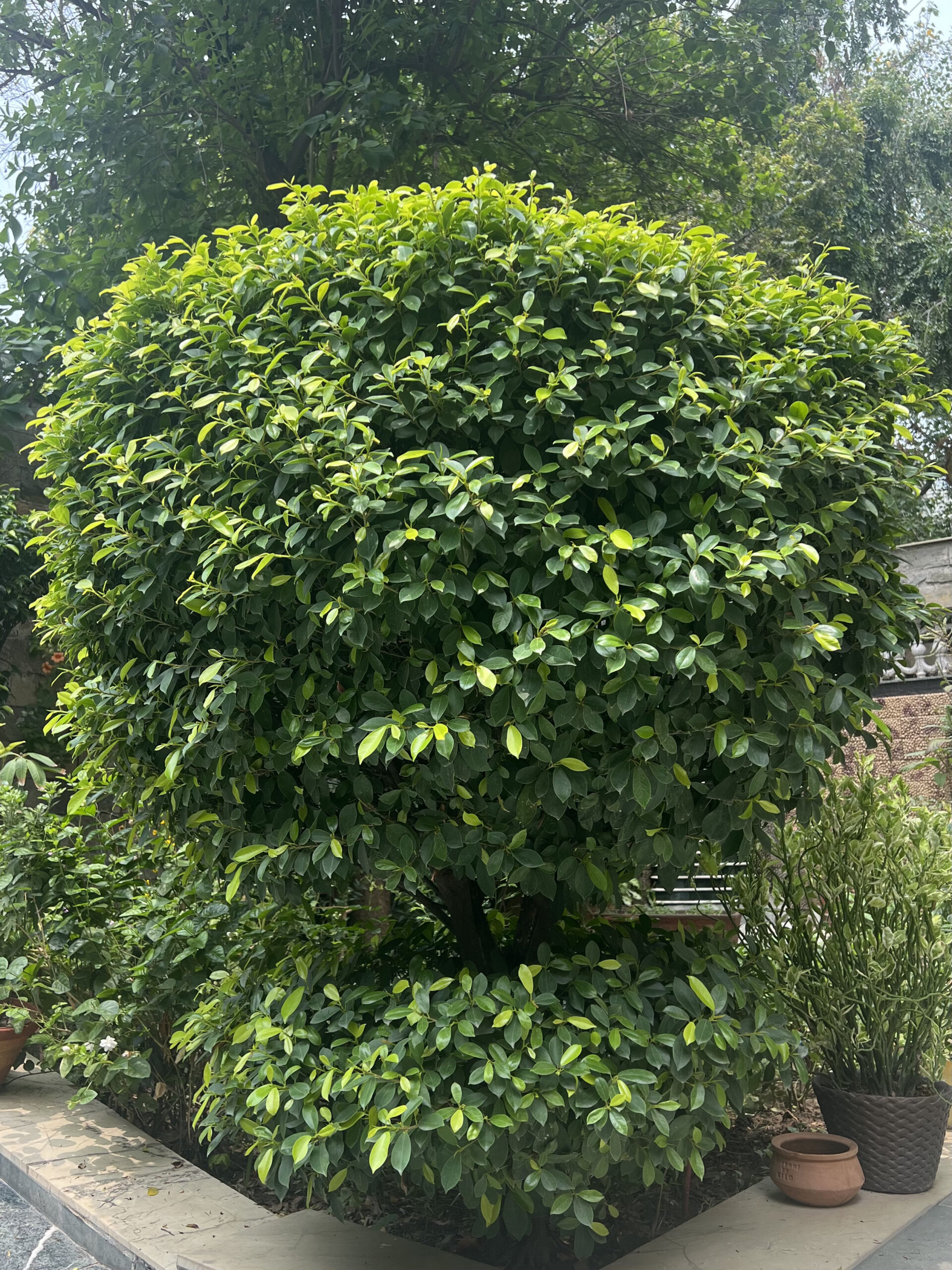
Indian Laurel (Ficus microcarpa) in the garden
This tree was difficult to identify but after much research, I believe it is the Indian Laurel (Ficus microcarpa). They can grow up to 33 metres in the wild, but in our small front garden, it has a modest height of around 1.5 meters. Yet, it is exactly what some birds need.
The Red-whiskered Bulbul with a head of seemingly gelled hair is the top tenant of this tree. Over the years, I’ve seen countless pairs diligently build a nest for days on end. The breeding season starts in spring, and every time, we notice the familiar hustle and bustle around the fig tree.

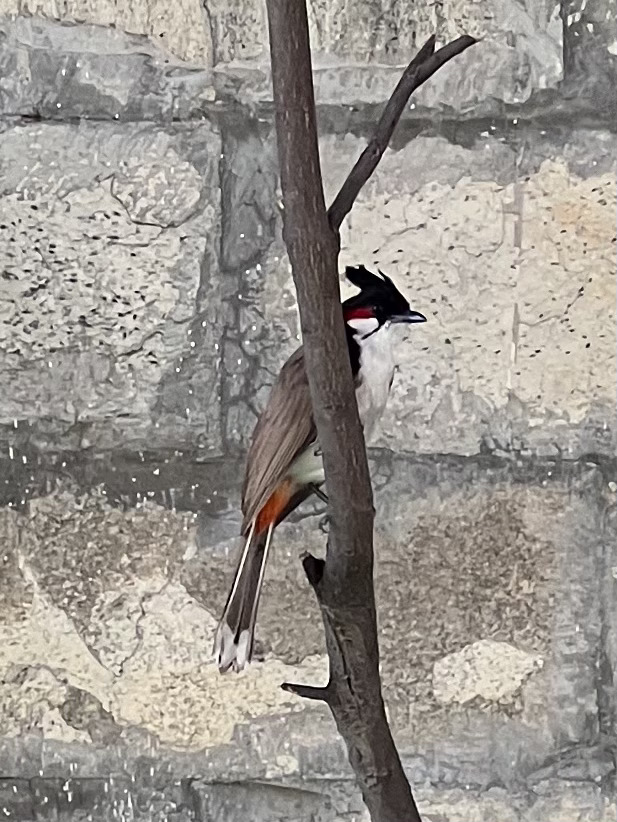
Red-whiskered Bulbul with gelled hair!
Come March, and a pair of bulbuls start building their nest with anything and everything they can find—from twigs, grass, roots and leaves to paper or plastic. One bird watches over the other by sitting over a branch of our jasmine tree or a wire just above the fig tree.
The birds have a special spot inside the tree and over the past 4-5 years, every single nest I have seen has been built over that same spot. I like to believe that the bulbuls that choose to nest here are descendants of previous generations that grew up and flew from our tree.
The first time I actively started following the birds’ nesting period, back in 2019, I would go out in the sun and check if the nest was complete every few days. A beautiful round nest was complete in just over a week and three spotted eggs were laid.
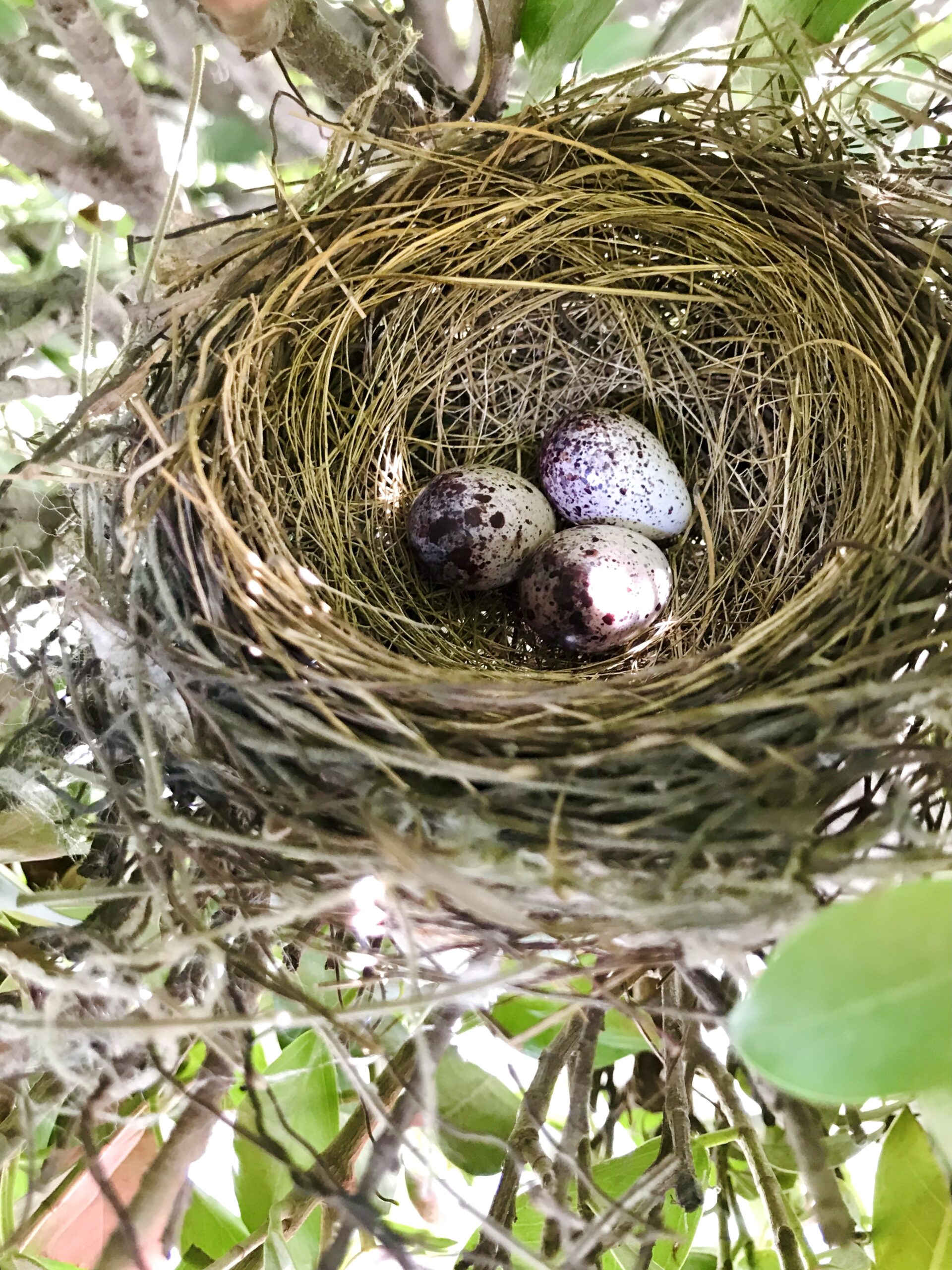
Perfectly round nest and 3 Bulbul eggs
You cannot see the nest from outside unless you pull away the leaves and small branches at just the right spot. We try to avoid pruning the tree when there are chicks inside to keep the nest hidden, but this is not always enough.
Nothing in nature exists in isolation; the tree also helps other creatures. The two main beneficiaries I’ve observed over the years are monkeys and cats. Living near a ridge, there are plenty of monkeys near our home, and they seem to know where a nest is, even if it’s not visible from the outside. They have a rather good sense of smell. Standing upright with the support of the tree, they look for something to eat, maybe eggs. If they don’t find any, they destroy the nest and anything inside. One time, we found two chicks lying on the ground, dead, with the nest in shambles. The cats, however, are not particular; they will eat the chicks if they can find them.
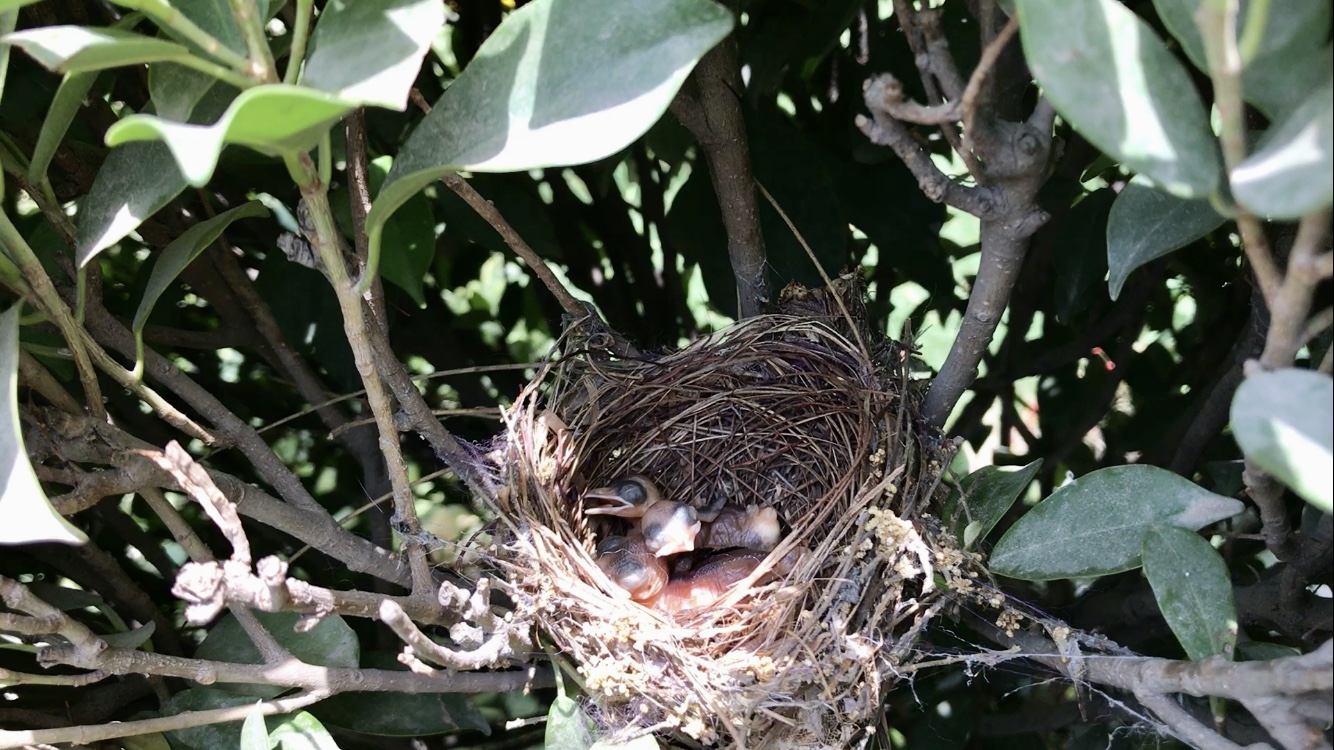
Bulbul chicks safely tucked in the nest among the Ficus foliage
Anyhow, this is not always the case. The chicks grow into young birds and fly away before you know it. One time, I noticed the eggs and forgot to check on the birds; after a few days, the chicks were nowhere to be found—they had flown away.
This cycle repeats each year, sometimes three to four times a year, and the fig tree often provides a safe place for these birds. Occasionally, other birds come to explore the inside of the fig tree, perhaps looking for a place to build their nest, but the red-whiskered bulbul always manages to secure its spot. Our fig tree has become a permanent breeding centre, exclusively for the red-whiskered bulbul.
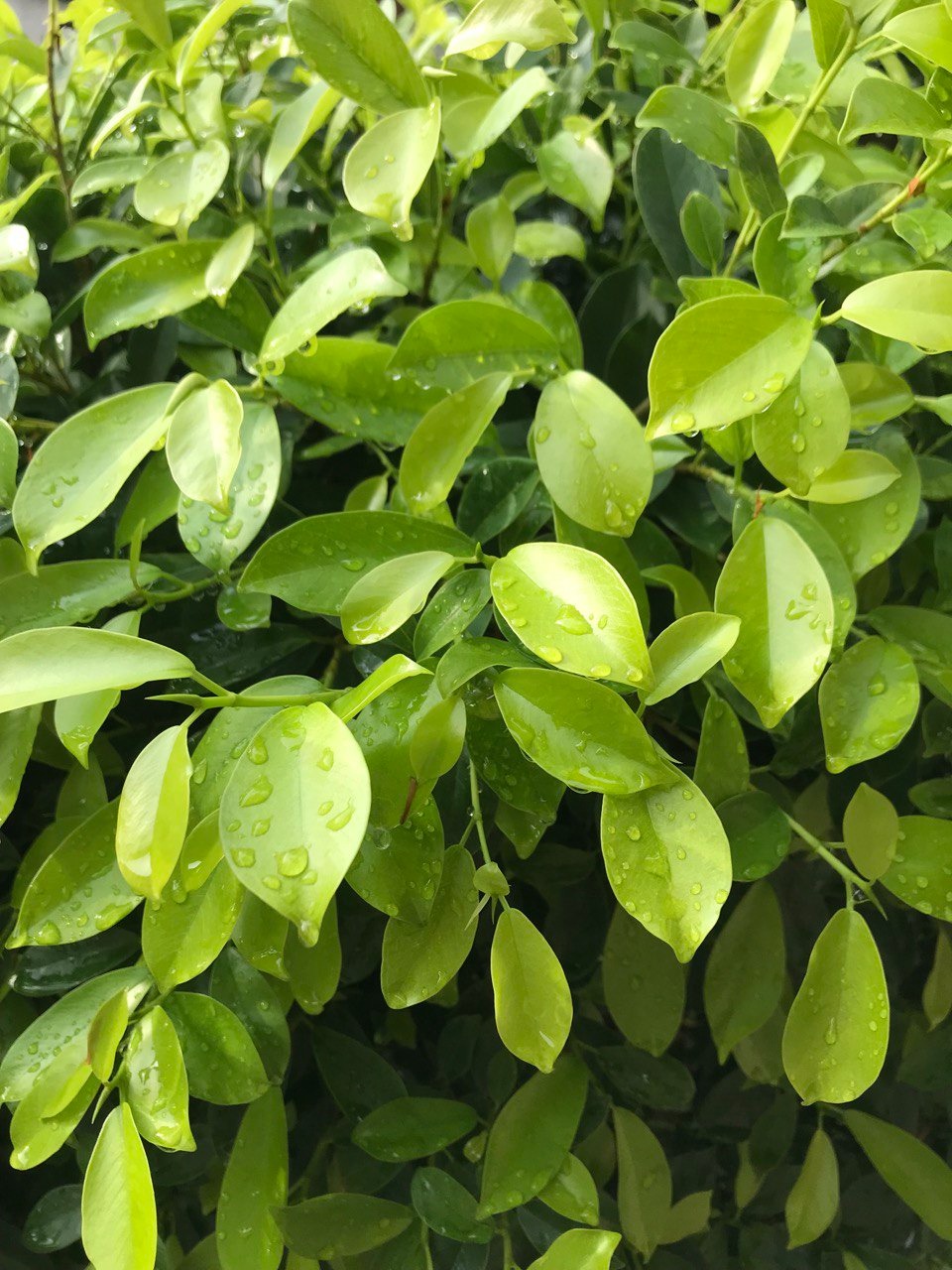
Photos by Palak Gupta
About the author: Interested in all things nature, Palak Gupta spends most of her days in the capital city writing, sketching, gardening, and taking photos. She would love to observe plants and all life around them, in my garden, for hours on end.





